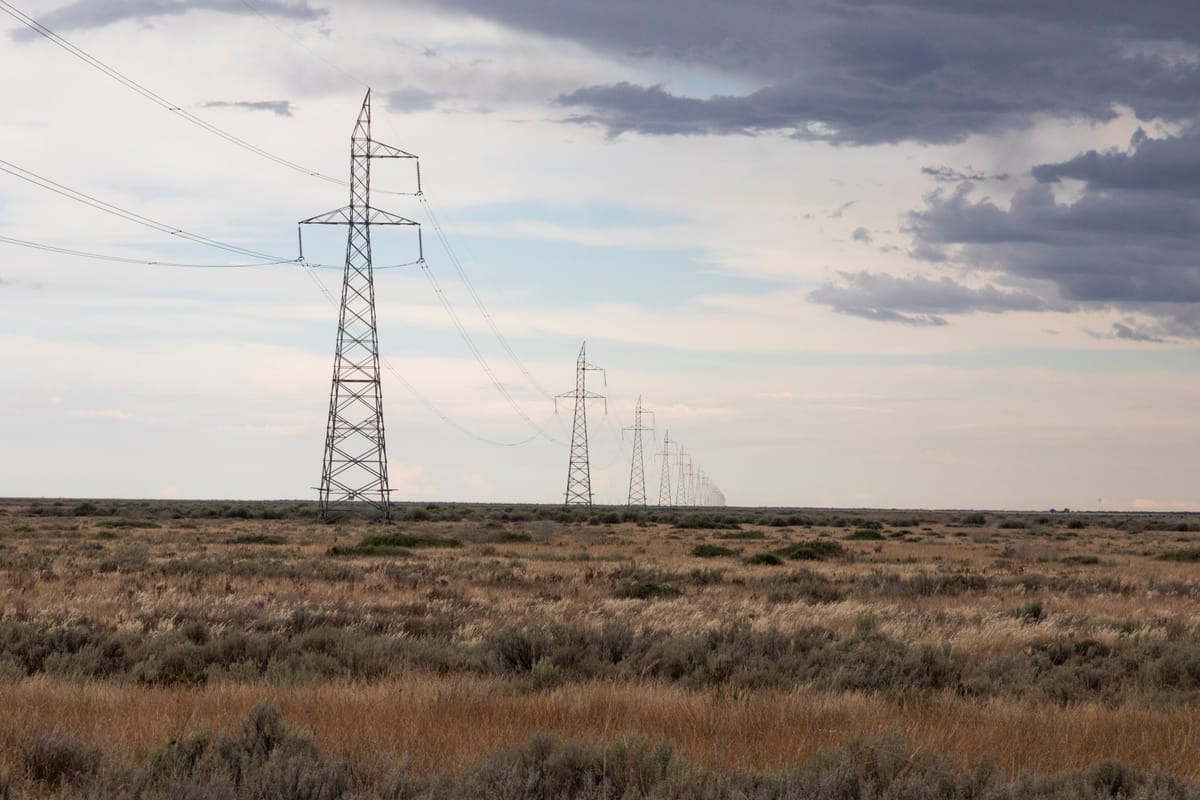Pottinger Wind Farm gets green light despite local opposition

A 1,300-megawatt wind farm between Hay and Deniliquin has been approved by planning authorities, promising to power more than half a million homes.
At its peak, Pottinger Energy Park could deliver up to 900 construction jobs and 55 ongoing operational roles. Construction is expected to take several years.
A comprehensive Community Benefits Program established by Pottinger Energy Park is projected to bring considerable direct benefits to the Hay Shire Council and Edward River Council Local Government Areas (LGAs) of at least $26 million across 30 years. According to the developers, this is on top of tens of millions in indirect benefits such as host and neighbour payments and wide-ranging financial benefit through new job and business creation.
“Approval from the IPC (Independant Planning Commission) is a landmark moment for this project and the Riverina region,” Jamie Chivers, Managing Director of Someva Renewables said.
“Pottinger Energy Park is a transformational project that will not only play an important role in NSW’s energy transition, but also provide a major boost to communities throughout the Riverina.
“We’re proud of the deep community support Pottinger Energy Park has received since Someva Renewables and AGL first started meeting face to face with landholders, local councils and the broader community in 2021.
“The hard work of building an industry-leading wind farm that helps to transform NSW’s energy system while delivering for the local community now begins.”
The Pottinger Wind Farm, stretching across farmland 60 kilometres south of Hay, will be one of Australia's largest wind energy projects when completed.
But the decision hasn't come without controversy – more than 50 public objections forced the project to independent assessment rather than departmental approval.
The NSW Independent Planning Commission's three-member panel spent months weighing up the competing interests, holding public meetings in both Hay and Deniliquin, where 33 people spoke for and against the proposal.
“The site is particularly suitable for this project due to its strong wind resource, sparse population, direct access to the electricity grid and minimal impact on agricultural activities,” the commission found in approving the development late last week.
Opponents raised serious concerns about everything from the impact on the endangered Plains-wanderer bird to increased truck traffic on rural roads and pressure on local accommodation during the construction boom.
The commission has imposed strict conditions on the developers, including requirements to avoid threatened species habitat where possible and to retire biodiversity credits where impacts can't be prevented.
Pottinger Renewables must also prepare strategies to prioritise local workers and provide on-site accommodation to ease pressure on local housing markets.
Road upgrades will be required to handle the influx of heavy vehicles needed to transport turbine components.
AGL Energy and partner Someva Renewables will now proceed with plans to erect 247 wind turbines across the Hay Shire and Edward River council areas, along with a massive battery storage system capable of storing 2,000 megawatt-hours of electricity.
The project forms a key part of NSW's South West Renewable Energy Zone, designed to replace the state's ageing coal-fired power stations with clean energy infrastructure.
When operational, the wind farm will generate enough electricity to power approximately 593,000 homes annually, while the battery storage system will help stabilise the electricity grid during peak demand periods.




